These days, 3D modeling is becoming more and more popular in many areas of life and across the globe. You can find 3D on social media, where you spend all of your free time, or in movie theaters, where you spend your weekends, and in the commercials that you see daily on your way to work or picking up your kids from school.
3D modeling has become a term that gain a huge interest from many people who want to find more information about it as well as learn the art of it. If you are one of those people, this article is the right place. We will give you everything you need to know about it and how to 3d modeling.
What is 3D modeling?
3D modeling is the process of constructing three-dimensional representations of an object or surface. A 3D model of the thing can be used to depict its size, shape, and texture.
3D modeling has a long history that dates back to antiquity with early surveying methods by the ancient Egyptians utilized to build the pyramids. However, it was actually first created in the 1960s by Sketchpad – a famous creator.
Read more: what is 3d modeling?
How does 3D modeling work?
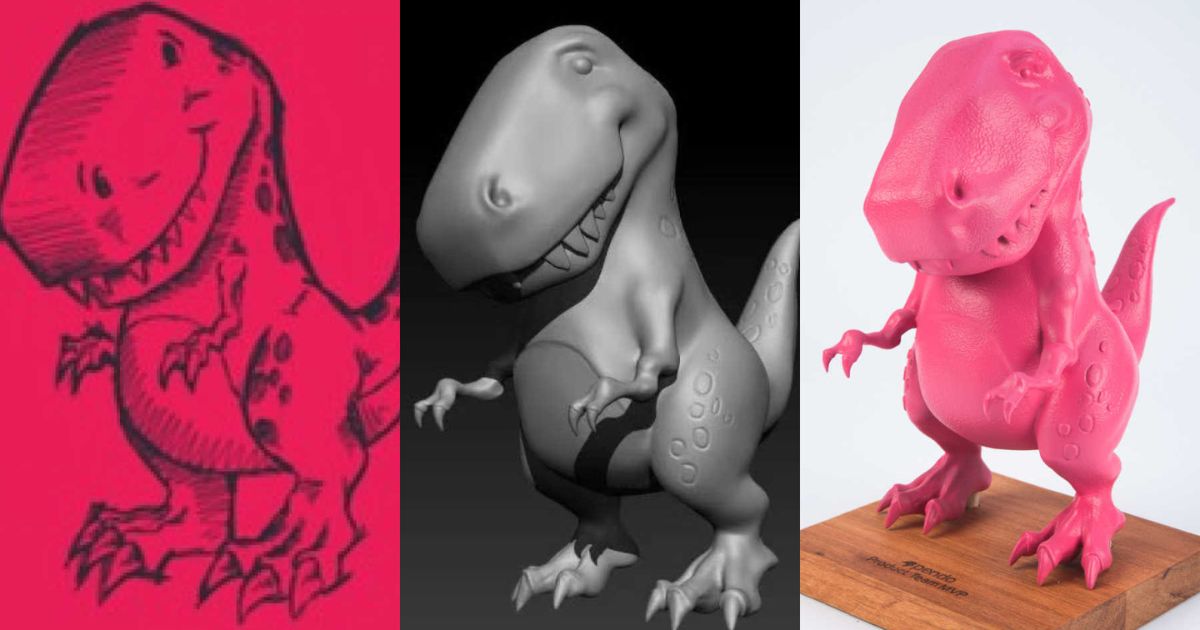
When working with 3D, you will go over these basic steps:
- Start with a basic geometric shape (such as a cube, sphere, cylinder, etc.)
- Then modify it with different modifiers until it resembles the object you’re attempting to make. Of course, that is an oversimplified version; in reality, the majority of complicated models are made up of a number of smaller, independent shapes that are each adjusted separately.
The primary workflow consists of changing the shapes on various levels. Either you can move the entire item (or alter it in other ways, like changing its size or rotation), or you can separate it into its constituent parts and interact with those separately.
How to choose the right 3D modeling program?
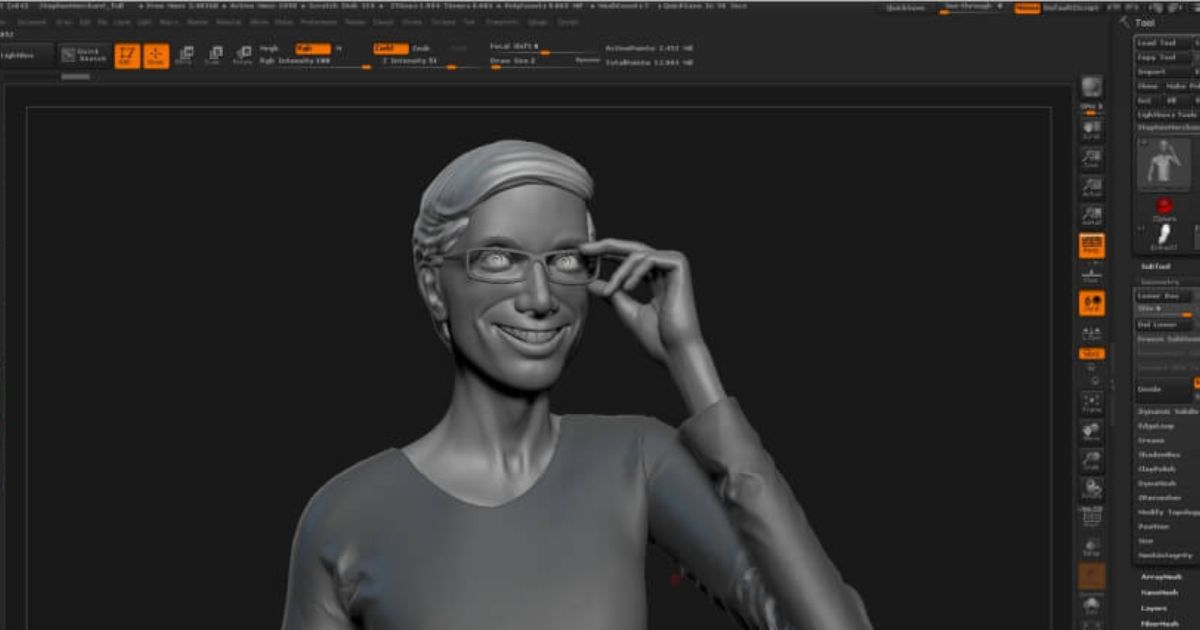
There are many 3D modeling programs with their own strengths and weaknesses. However, if you are finding the right 3D modeling program to start, you will have to consider the following features of the program:
Meet your needs
The right 3D modeling program should be the one that can meet all your needs. For instance, if your business produces flat metal parts, take note of the unique qualities for modeling them and automatically generating flat designs.
Making sure the software you choose has the option to export the model in the desired format will help you satisfy any additional needs the business may have, such as the need to share the developed model with other team members or the customer.
Provide various supported file formats
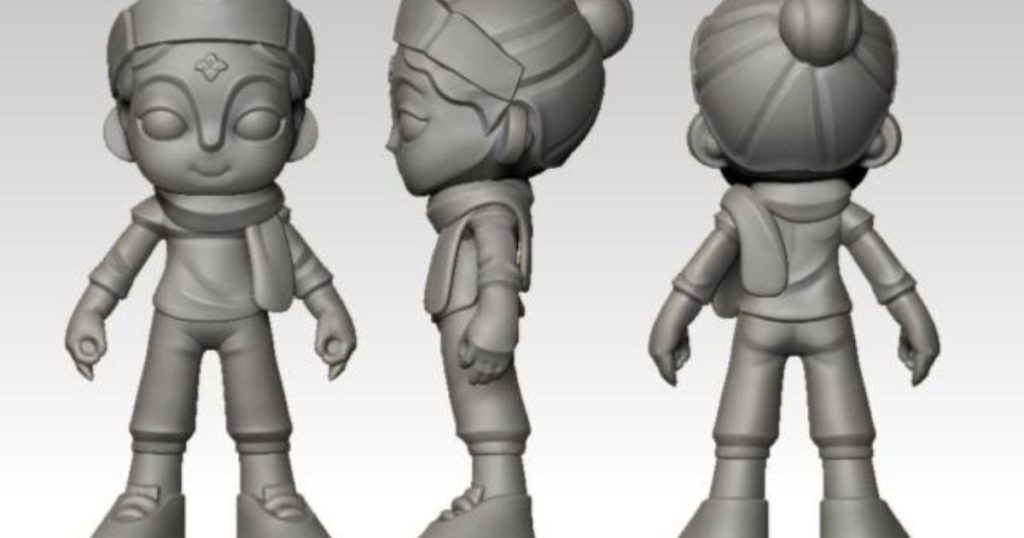
It becomes quite crucial for people to be able to read and even view the file when you work with your clients. So pick a 3D modeling program that’s well-liked by people in your sector and the supplier community.
It helps to reduce the requirement to convert files between formats when you select software that is well-liked throughout the world.Your time will be saved, and the procedure will be simple.
Therefore, if the final model is intended for 3D printing, always use software that supports common file formats like STEP, IGES, VDA, IDF, etc.
Easy to use
If you want to switch from your present CAD program because the old one lacked certain capabilities, pay attention to both the functionality and the ease of use as well.
The new tool should be simple to use so that team members have no trouble finishing the projects. The performance of the entire team will surely suffer if you solely pay attention to features and ignore usability.
Provide the latest features
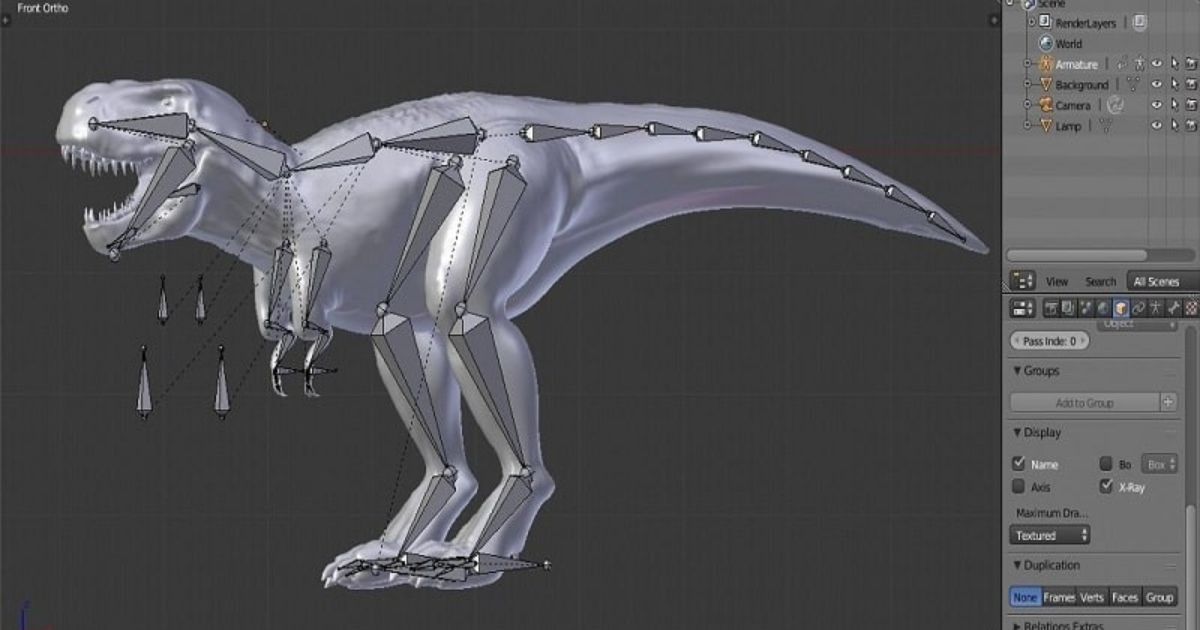
The newest features always lighten the load on the entire team by offering the finest method for finishing a challenging assignment.
Many CAD programs continue to offer the same functionality that they did one or two years ago since they don’t regularly upgrade their features, which might negatively impact your work process. In contrast to the newest features, employing an outdated method requires a significant time investment.
The latest features have many benefits, so always pick a CAD tool that regularly offers them to its users.
Technical support
Technical problems with CAD software might develop over time, and if you can’t fix them, your work will be interrupted for a while.
Therefore, having technical support is crucial since you may contact the technical team for assistance if you experience any kind of error. Make sure that the tool you choose for your business or organization offers its clients technical help.
Never buy that tool if they don’t offer technical help because technical faults happen frequently and their resolution is crucial to prevent your job from being interrupted.
No hidden charges
The prices displayed on the website or app may not always match the prices in your wallet. Tools with a price that is different from what is listed should be avoided.
Many CAD tools are available; but, when you choose to buy one, the price climbs sharply. The corporation first doesn’t reveal the extra fees because they are hidden fees.
3 Construction Methods of 3D Modeling Formats
Based on the construction method, 3D modeling can be divided into 3 different formats.
Solid Modeling
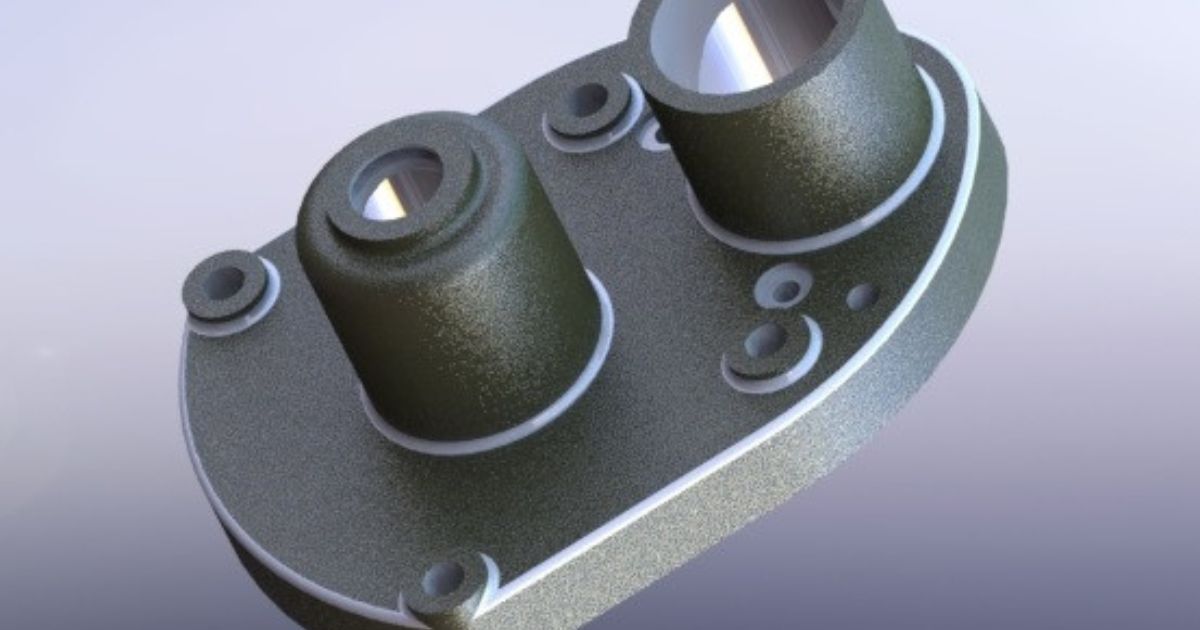
Solid modeling is the process of using CAD software to digitally create a three-dimensional design. Itl is frequently employed in mechanical and building-related applications where precise dimensions, measurements, and shapes are more important.
Additionally, the object created by solid modeling may be cut open to disclose its internal details or even put through a stress test to simulate an actual stress situation.
Surface Modeling
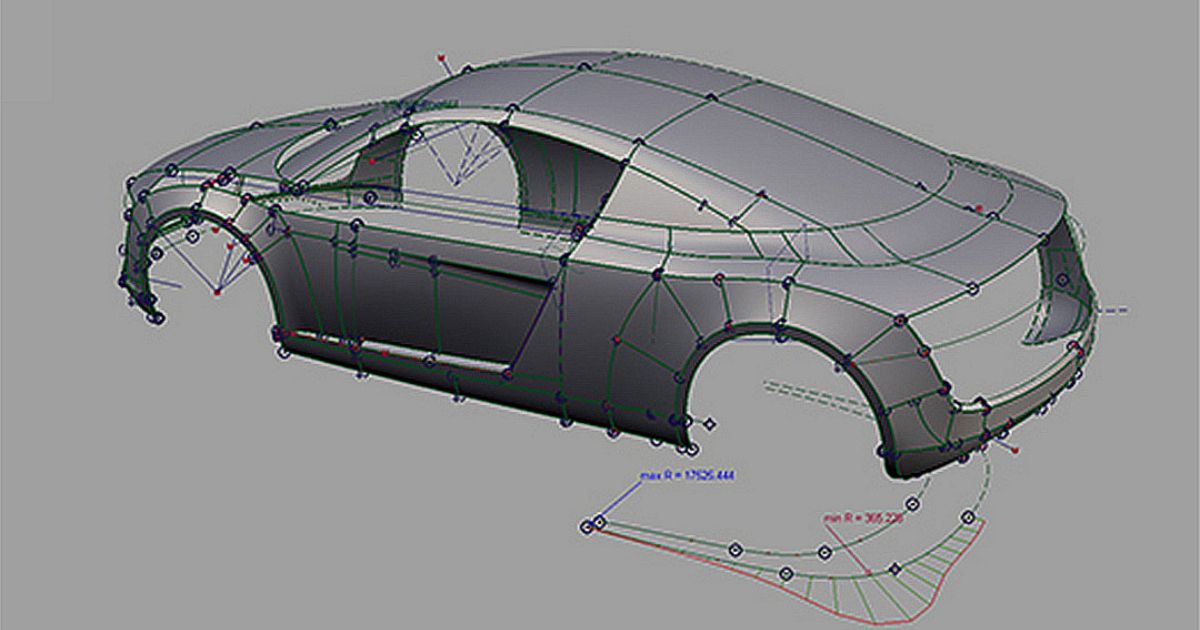
Surface modeling is a technique used to display three-dimensional objects with solid surfaces. It uses mathematical techniques to generate, convert, validate, and reconstruct the surfaces that make up an object.
With surface modeling, you work with vectors and tangents, manipulating the shape by “pulling and pushing” on control points (often where tangents connect), to create shapes that are more amorphic or fluid in character.
Surfaces are simple to bend, twist, and turn. It is typically used in CAD, architecture, or design applications.
Mesh Modeling
Mesh modeling is a type of modeling in which you alter an object’s mesh. You can alter faces, edges, and vertices by stretching them, pulling edges in and out, and doing other things.
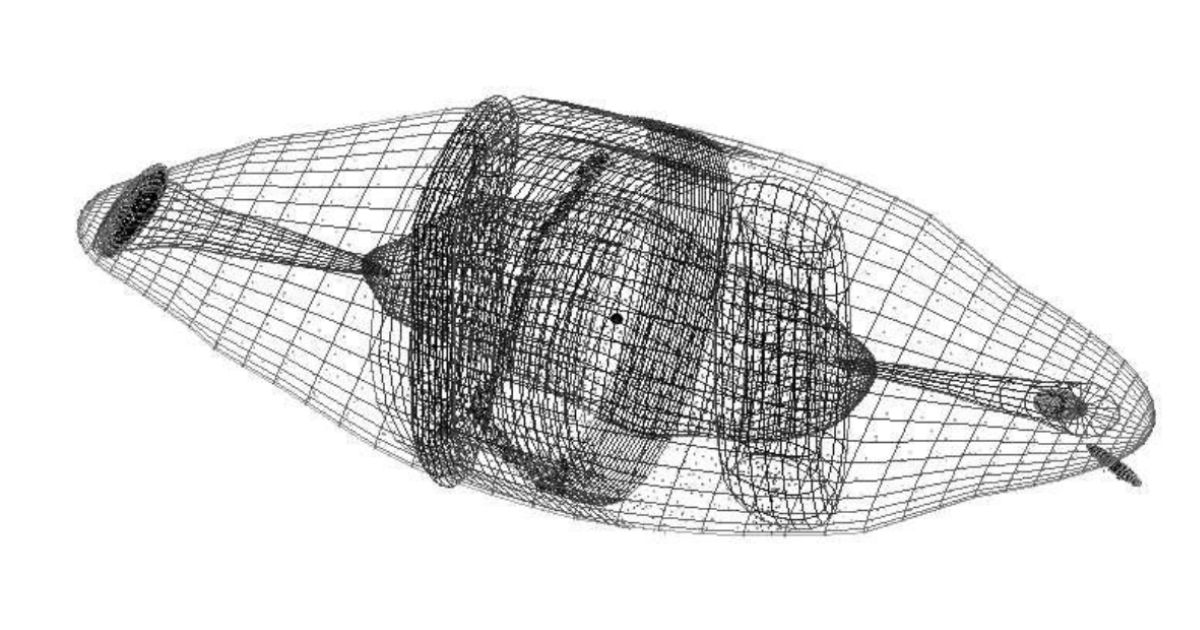
4 Principles of 3D Modeling
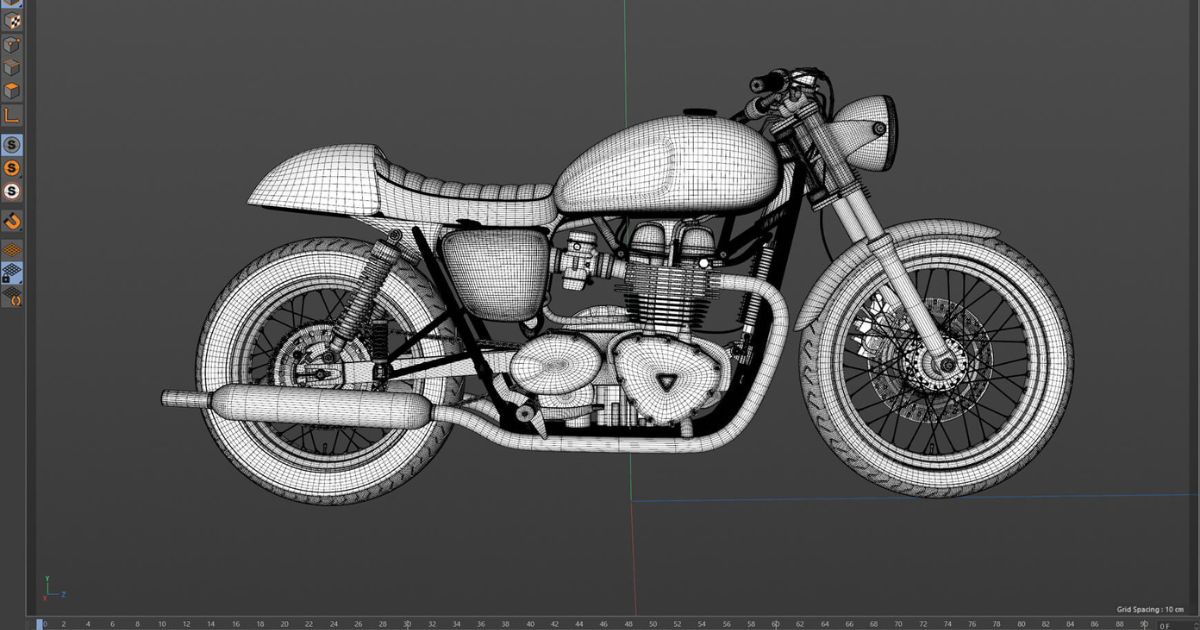
Deformations
A 3D designer can alter the surface of the model using deformations in CAD software. You can use deformation tools to generate a large number of polygons.
At the same time, you are still able to develop complex models that call for a number of experiments before arriving at the ideal design.
The designer can proceed in this process while still protecting the original model. The model’s topology is unchanged during deformations.
Manipulations
An existing model can be modified to meet your needs through manipulation. The most popular tools for manipulation in CAD applications are transformation tools.
Binary operations
A polygonal modeling procedure is used to combine two existing meshes into one new mesh. It is possible to intersect or combine two or more meshes.
Measurements
This is how the mesh’s values are calculated. You may gauge volume, surface area, cross-section, and fitting.
5 File Types of 3D Modeling
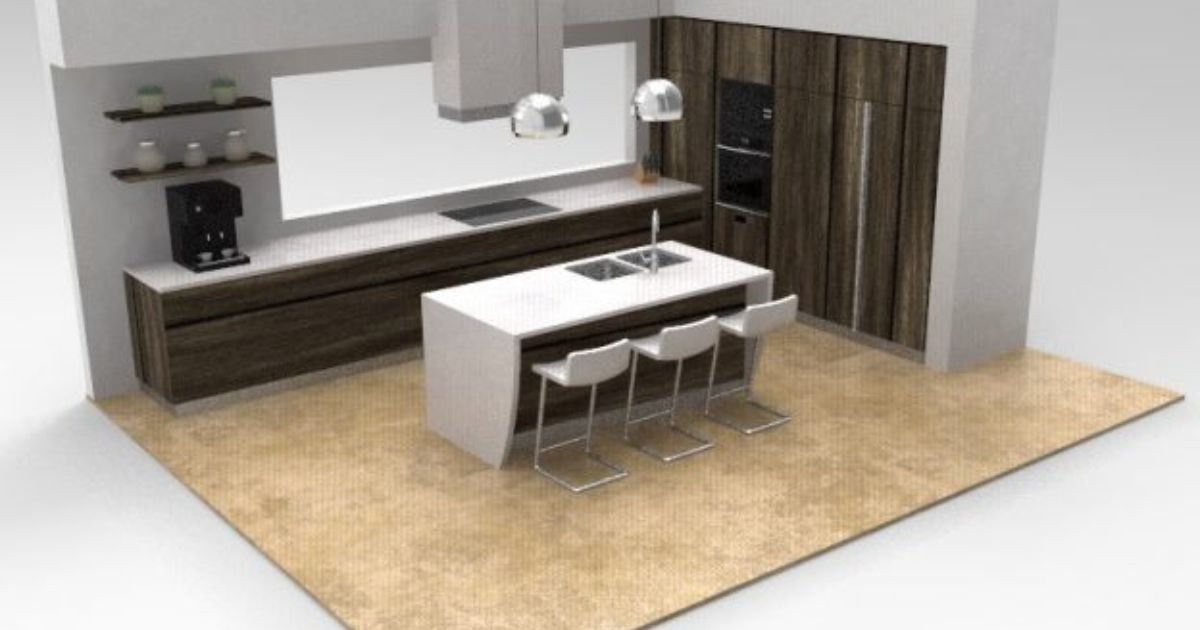
There are various file types that can store 3D models but these below are common file types supported by CAD:
STL
The STL file format was created to facilitate file conversion between 3D modeling software and 3D printers. It is extensively used for computer-aided design and production, fast prototyping, and 3D printing (CAM)
FBX
This is a proprietary file format that can hold data on a model’s geometry, texture, color, and other appearance-related attributes. Working on movies and video games is where it’s most frequently employed. It was created by Autodesk as an exchange standard for its CAD software.
3DS
This is another exclusive file type developed by Autodesk, which stores the model’s geometry, animation, and fundamental visual data. The academic, engineering, architectural, and production fields are the ones that use the 3DS format the most.
OBJ
The primary application for this 3D file format is 3D printing. It keeps track of 3D objects with polygonal faces, texture maps, 3D coordinates, and other object data.
STEP
STEP means “Standard for the Exchange of Product Data”. This is also a popular 3D file type that was created primarily as a means of representing product data independently of other systems.
Related article: types of 3d modeling
7 Common Mistakes and Solutions
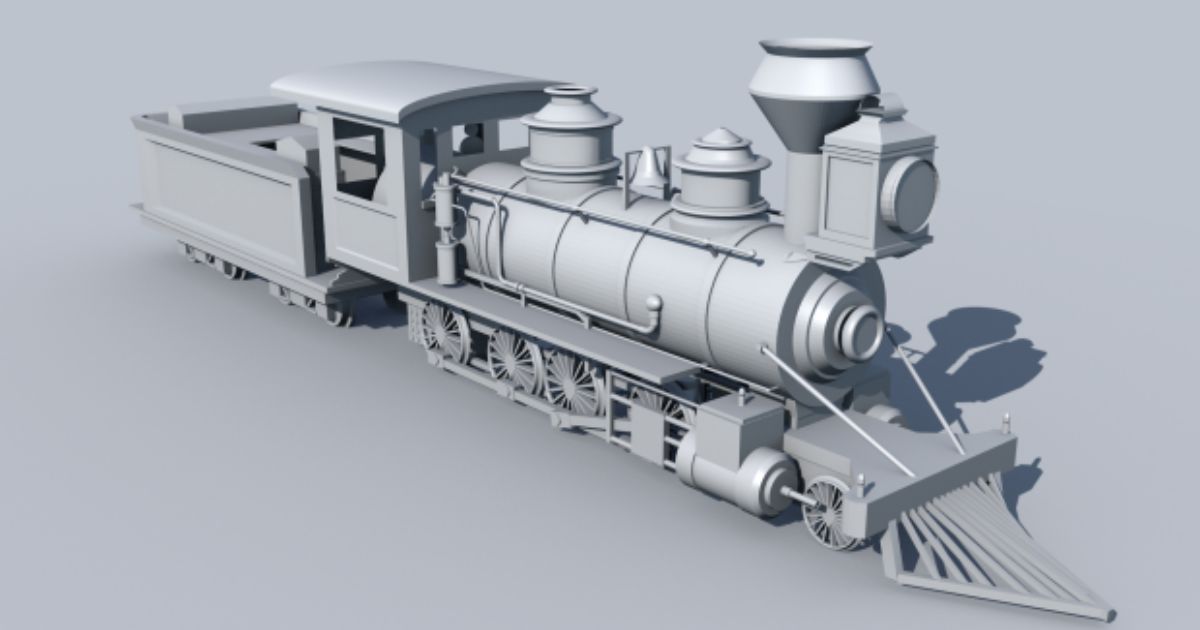
Creating 3d models is a complicated process that can cause many difficulties for newcomers. Here we can point out some common mistakes that a newbie may make and suggest some solutions for the issue.
Expect too much
If you start off expecting to see results right away, you can find it difficult to move on. To prevent this, start by planning, understanding the demands of your design, and choosing the right strategy for model creation. You may always get assistance!
Start a project without any references
In theory, 3D modeling may seem easy. However,ut in practice, it can be challenging, especially if one starts modeling without using any references. For those just starting off, using a reference image can be very beneficial.
Start with a complex project too early
Most beginners lack the expertise to manage complex topologies and meshes which leads to ending up with a problematic mesh. It’s advised to start with straightforward designs that are simpler to make meshes for.
You can start with some real-life triangle-shaped objects. After you’re comfortable, begin working with more complicated models.
Create the entire model as a whole
A project can quickly become overwhelming if you begin working on it without first dividing it down into manageable pieces. A strategy to divide the project into smaller components would be beneficial for both beginner and experienced designers. This streamlines the process and might help you save time.
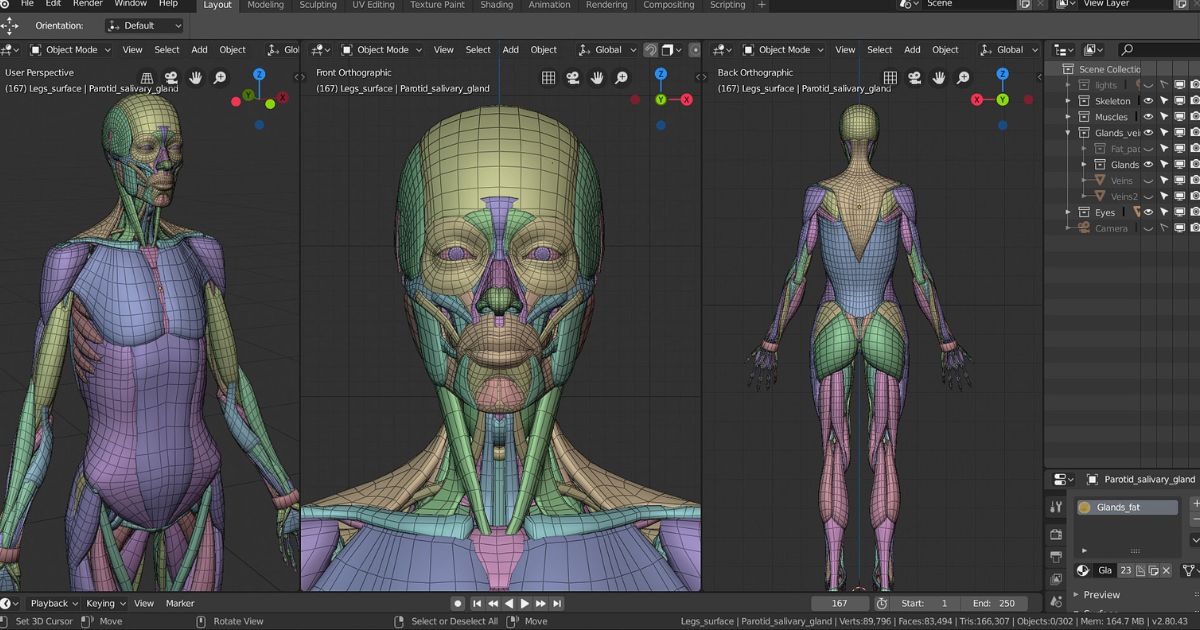
Create excess subdivisions too early
This can lead to less high-quality design. As soon as you’re confident you’ve nailed the shapes you currently have, use the resolution tool in your CAD program to prevent any problems.
Overlook topology and rough surfaces
Most novices typically don’t focus much on topology and rough surfaces, which leads to modeling bumpy surfaces. It may be useful to make sure that no stray vertices are interfering with the edge loops.
Lack of practice and patience
Practice is essential for developing any talent. The development of your modeling abilities is difficult without practice. Even while you study lessons, invest in practice as a beginning. Your independent learning experience is crucial.
Frequently Asked Questions
How do I start 3D modeling?
To start 3D modeling by yourself, you have to understand all the 3d modeling basics and its workflow, then follow each step:
- Step 1: Visualization
To start, you must first carefully consider every aspect of your 3D model, first see it in your mind or use an appropriate online resource as a guide. Knowing what you want makes the process faster and the outcome quicker because you won’t waste time exploring.
- Step 2: Doodling
To fix your idea, you should draw something on paper to refine your idea. You will achieve 98% of the result if you can precisely draw what you want in 3D on paper.
- Step 3: Box modeling
Now you move on to the technical aspects of 3D modeling. Open any 3D image creation program and choose the “Box modeling” option. It is the simplest method for refining and editing an object and even a beginner in this field can quickly learn how to utilize it.
- Step 4: Texturing
Once you get your object’s shape, measurements, and overall accuracy down, you must add colors and materials to it to give it a genuine appearance. The textures you require can be downloaded from the Internet and applied, but the simplest ones can be chosen from the library inside the apps.
Read more: how to make textures for 3d models
- Step 5: Lighting and shadowing
This process is crucial because lighting and shadowing give the model its depth and authenticity. Your models will be as flat as 2D without it, rendering all of your work useless.
- Step 6: Rendering
You are nearly at the finish line; the CPU and GPU now go to work. At this point, your 3D software ought to read and commit all the data that you have gradually loaded into your object throughout the preceding five steps.
The rendering process is influenced by several variables, including the processing power of the device you are using to build the model, its complexity, and the features of the program you are using. As a result, it can take a few minutes, a few hours, or even a few days.
Can you learn 3D modeling by yourself?
You can learn 3D model creation by yourself since the guidelines are all included in the program. However, it is better if you can join some 3D modeling courses which will help you shorten the time.
Is 3D easy to learn?
3D modeling is a complicated process and needs a lot of time, patience and passion to learn and manage. Besides, it also requires much practice to have great control over the process as well as create the most realistic objects.
It is a wonderful sensation to be in the presence of individuals who will constantly prompt and guide you in the right direction when you are unsure of something.
Conclusion
In general, if you want to work in this industry, learning the basics of 3d modeling and how to 3d modeling is a fantastic step to start. Although it is a challenging and demanding procedure, with the right knowledge, enthusiasm, and practice, you may eventually become a skilled 3D modeling designer and can estimate how long it takes to make a 3d model.

Related Posts: